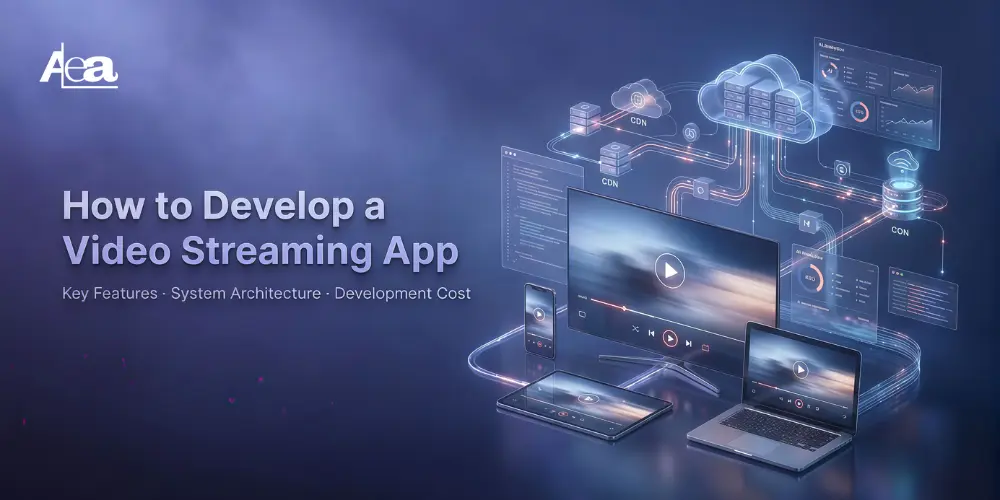In today’s rapidly developed business scenario, organizations are constantly looking for innovative methods to enhance employee skills and knowledge. Traditional methods of training are being replaced by advanced technologies that offer more interactive, attractive and effective learning experiences. One technique that is making waves in employee training is reality (XR). XR incorporates virtual reality (VR), agramed reality (AR), and mixed reality (MR) and is changing how business workers see learning and development.
Here a close to see how XR is redefining training programs and increases growth in various industries.
1. What is Extended Reality (XR)?
Extended reality (XR) is an umbrella word that refers to a series of immersive techniques, including:
- Virtual Reality (VR): Fully digital environment where users interact through headset and controller.
- Promoted reality (AR): Overlaying digital elements such as images, sounds, or information on real -world environment through equipment like smartphone or AR glass.
- Mixed reality (MR): A combination of VR and AR, where the physical and digital world is in co-existence and interacts in real time.
While these techniques are often seen as entertainment tools, they have found valuable applications in the field of corporate training rapidly.
2. Why XR is the Future of Employee Training
Traditional training methods, such as class sessions and e-learning modules, have their limitations, especially in the context of engagement and genius of real world. Why XR training is future here:
- Immersive learning experience: XR provides an interactive experience that goes beyond watching video or reading manual. With VR, employees can follow real -life scenarios and practice their skills in a safe, controlled environment.
- Promotional Retention and engagement: Studies have shown that people keep 90% of what they experience, compared to only 10% of what they study. The XR creates an attractive atmosphere where employees actively participate, which improves knowledge retention.
- Safe training environment: In industries such as healthcare, manufacturing and aviation, XR enables employees to practice complex tasks and decisions without the risk of harming themselves or others.
- Individual teaching path: XR can provide learning experience based on a person’s needs. This privatization allows employees to progress at their own pace, making training more efficient and effective.
3. Real-World Applications of XR in Employee Training
Many industries are already taking advantage of the XR for employees learning and changing development. Here are some prime examples:
- Healthcare: XR is being used to train surgery, diagnose patients and to train medical professionals in understanding complex physiological structures. The VR allows for virtual dissection and simulation, giving physicians experience on invaluable hands before performing actual procedures.
- Manufacturing and Engineering: XR technology enables workers to undergo practical training on machinery and factory environment without the need for expensive equipment or safety threats. For example, AR can overlay direct instructions or safety information on machinery, allowing employees to follow guidelines in real time.
- Retail and Customer Service: XR is revolutionizing the way employees in retail and customer service. AR can simulate customer interactions, providing workers a risk-free environment to practice communication and problem-solution skills.
- Military and Defense: In the army, XR is used to simulate competition situations and training troops in strategy, strategy and technical operations. This allows them to prepare for real -life scenarios in a controlled environment, reduces the cost and risk associated with traditional training methods.
4. The Benefits of XR for Employee Learning
- Cost-effective: While early investment in XR technology may be higher, long-term savings are important. XR reduces the need for the risk of physical training materials, travel expenses and workplace accidents, eventually saving companies’ money.
- Scalable: XR training programs can be easily increased to accommodate a large number of employees in many places, making it ideal for organizations with global workforce.
- Flexible: With XR, training can be conducted from any time and anywhere. Employees can use training modules on on-demand, making learning more flexible and convenient.
- Data-operated Insights: XR platforms often come up with analytics tools that employees track progress, engagement and performance. These insights can be used to fix training programs and improve results.
5. Challenges and Considerations
Despite its many benefits, there are challenges to implement XR training. This includes:
- High early investment: Setup costs can be important for XR training, especially for small businesses. However, long -term benefits can make the initial investment correct.
- Technical issues: XR technologies require reliable hardware, software and network infrastructure. Businesses may need to invest in specialized equipment such as VR headset or AR glass.
- Employees optimization: Some employees may find it difficult to adapt to new techniques. It is important to provide adequate support and training for businesses for smooth adoption.
6. How AleaIT Solutions Can Help
In Aleait Solutions, we are experts to help businesses embrace state -of -the -art technologies such as XR to enhance our training programs. Our team can work with you to design and implement XR training solutions to suit your unique business needs, whether you are in healthcare, manufacturing, retail or any other industry.
By taking advantage of XR for employee training, you can increase staff connectivity, improve retention and eventually take commercial success.
Conclusion
The future of employee learning and development is here, and it is powered by XR. With its ability to create immersive, interactive and cost-effective training experiences, XR is revolutionizing the ways of learning, adapting and growing.
To move your training programs to the next level, consider the discovery of XR technologies with the help of experts such as Aleait Solutions. We are here to guide through every stage of integrating XR in your organization and ensure that your employees are equipped with skills that they need to succeed.




